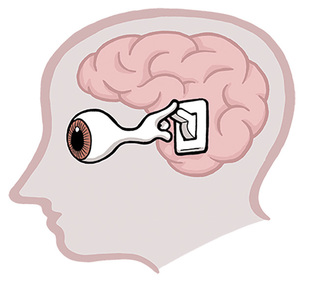 loading
loading
FindingsWhere awareness comes fromFinding clues to how we create consciousness.  Gregory NemecView full imageIf you’ve ever been in love, you probably remember a moment when you were riveted, when your consciousness was completely absorbed by a single person and nothing else intruded. But it doesn’t have to be romance: one can experience that level of focus during all sorts of events, even the most mundane. “Consciousness makes life meaningful—it’s one of the most important things about being alive,” says Hal Blumenfeld, a neurology professor at the Yale School of Medicine. He has just teased apart the brain’s process for zeroing in on one individual experience while consigning everything else, briefly, to oblivion. “This all happens in a tiny window of time, less than a second,” notes Blumenfeld, who has spent most of his long career trying to understand the impairments to consciousness that often occur during epileptic seizures. His research team monitored the cerebral activity of nine people with severe epilepsy who had recently, for therapeutic purposes, had electrodes implanted in their brains. For the study (which appeared online in Cerebral Cortex), the participants watched a documentary that had been tampered with: a barely perceptible face showed up, repeatedly and randomly, in different areas of the screen. Fifteen seconds after the face appeared, the participants would be asked if they’d seen it. In every case, whether or not the participant was aware of the face, each person’s visual cortex signaled almost immediately that the image had registered. But something else turned up. Whenever subjects said they were conscious of the face, the recording showed that a wave of electrical activity had swept through the association cortex—a network that connects areas of the brain and enables us to interpret, think abstractly, and interact. At almost the same time, the visual cortex switched off. So did the default mode network, a center of daydreaming. This “wave and switch” pattern has never been described before, but Blumenfeld has seen it in non-epileptics. “We think we’re looking at the basic mechanism that the brain uses to form conscious experiences,” he says.
The comment period has expired.
|
|